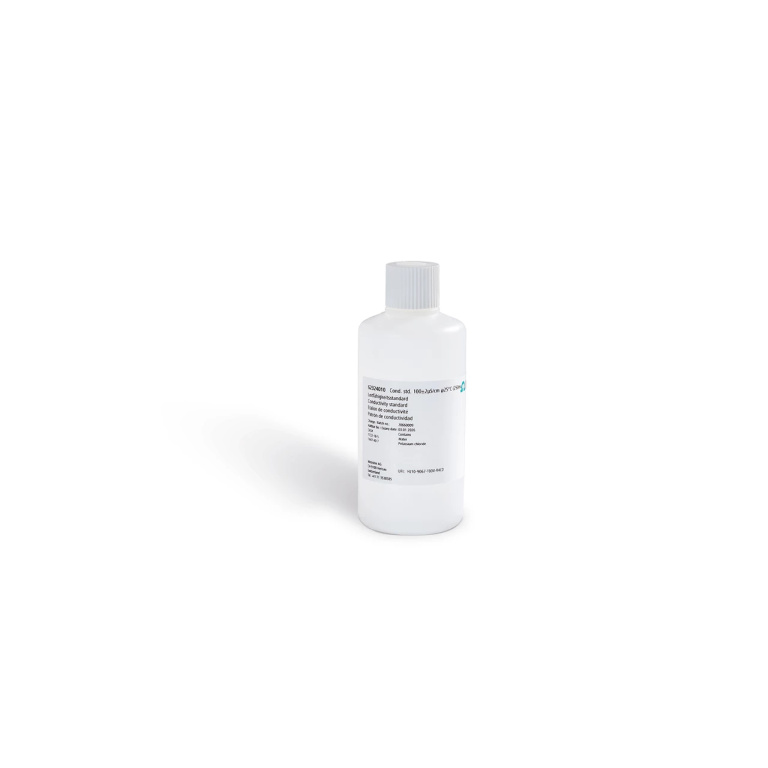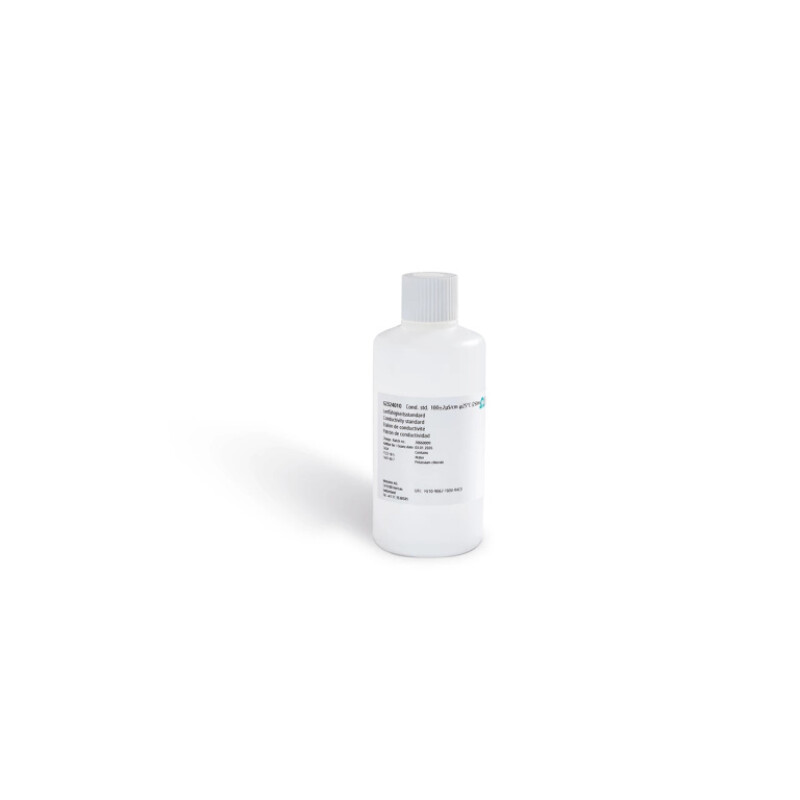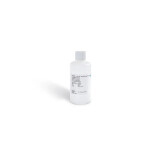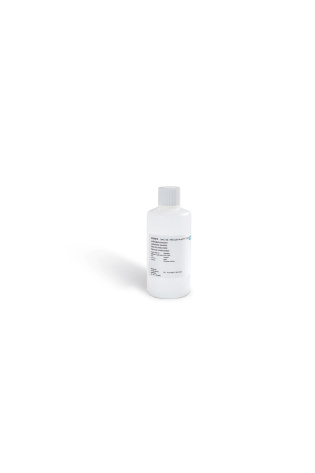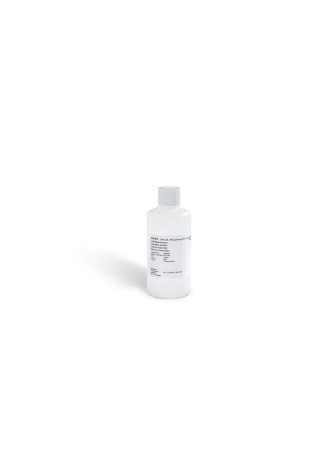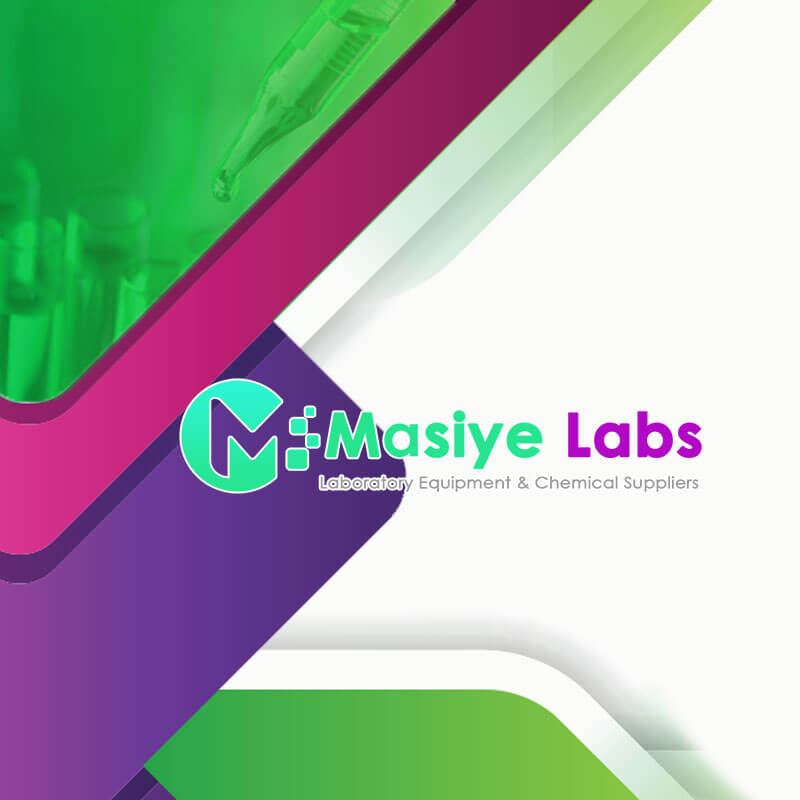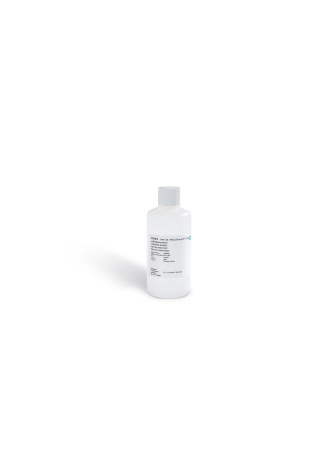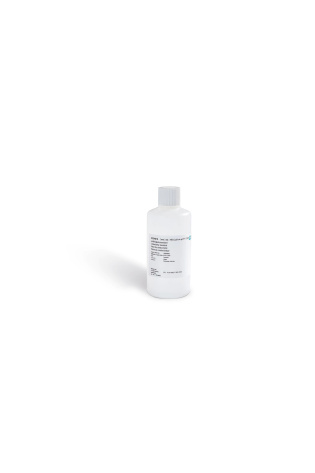Conductivity 3000 μS/cm
3000 µS/cm has a high concentration of dissolved ions (salts, acids, bases) and is primarily used in industrial applications, specifically in the management of boiler water and certain types of irrigation, and in the monitoring of wastewater.
-
- Boiler Water: This range (2000-4000 µS/cm) is a typical operating conductivity for boiler water in heating, power generation, and sterilization applications. Careful monitoring is crucial to prevent scaling and corrosion in the equipment.
- Irrigation (Restricted): Water with a conductivity greater than 3000 µS/cm is generally not recommended for unrestricted irrigation as it can degrade soil and harm sensitive plants due to salt accumulation. However, it may be used with special management techniques on very salt-tolerant crops (which can tolerate up to 6000 µS/cm).
- Wastewater and Environmental Monitoring: This level is typical for more concentrated solutions, industrial wastewater, or naturally saline environments. Conductivity measurements are used to monitor the quality of wastewater discharge, track pollution levels in natural water bodies, and detect saltwater intrusion in wells.
- Livestock Water: Water up to 3000 µS/cm can be consumed by humans, though lower levels are preferred; it is suitable for all types of livestock. However, some, like pigs, can tolerate levels up to 6000 µS/cm, while beef cattle and adult sheep can tolerate much higher levels (up to 17,000 and 23,000 µS/cm respectively).
- Conductivity Standards: A solution of 3000 µS/cm conductivity is used as a calibration standard for conductivity meters in laboratories and industrial settings to ensure accurate measurements.
Conductivity 3000 μS/cm Applications:
- conductivity measurements are used to monitor quality in public water supplies, in hospitals, in boiler water and industries which depend on water quality such as brewing.
- Conductivity 3000 μS/cm
